
My recent excursion to the Silent Barn last Saturday led me on an ear-opening journey into the complex and expansive world of modular synthesization. The Modular Synthesizer Equinox, curated by Nathan Cearley of Long Distance Poison (LDP) Institutes proved to be both a mind expanding and delightfully edifying experience. From the various musical performances, sound and light installations, demonstrations, and discussions on synth basics, the night fulfilled its expectations for self-proclaimed “synth-geeks” to downright novices like me. Offering the perfect introduction to the genesis of mainstream electronic and techno that can be found gracing the dance floors of clubs around the globe, this specific genre is more subtle, provocative and cerebral.
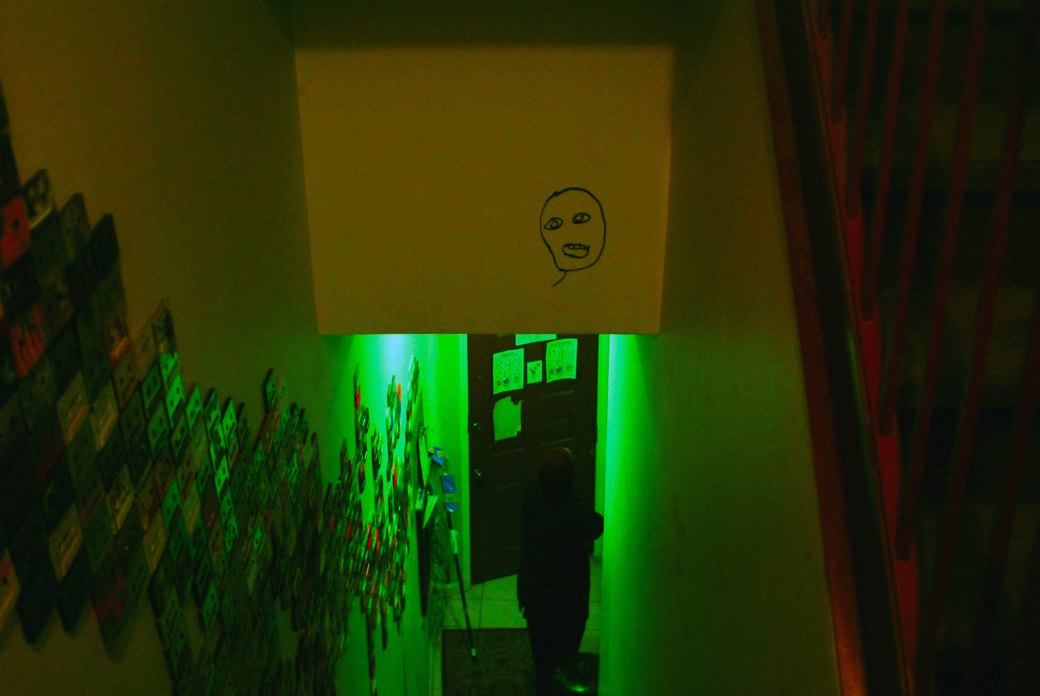
If you haven’t been to Silent Barn, the venue itself is worth exploring. Serving as both a residency and performance venue, the building’s labyrinth of hallways and rooms (so-called “stewdios”) all serve as available space at the disposal of the artists and musicians. Walking up the stairs from the street into the building you are immediately greeted by an aloof cat perched on a side table in front of a wall lined with jewel-like cassettes of every color and musical genre. Between the cat’s dubious stare and the intriguing sounds and lights emanating from above, it became instantly clear that I had fallen down the proverbial rabbit hole into a world of which I knew very little. Taking a deep breath, red pill in hand, I swallowed hard and opened my mind to allow the sound, noise, and bass reverberations role over me and fell right in.
In its literal definition, “to modulate” means to change or adapt, and “modulated” referred to something lowered, lessened, reduced, or regulated. Decisively true to its title, the essence of this type of music is to simplify sound into its most basic elements or timbres through the experimentation or invention with modified electronic equipment and machines. These subsequent reductions are then layered, mixed or modified to create their own symphonies of electronically induced sound. In no way a new genre (the modern modular synthesizers date back to the early 1960s), today’s electronic/synth music is a cross-section of different technologies and methods for sound creation and always continuing to find new ways to blow your mind and broaden the range of non-instrument based music.
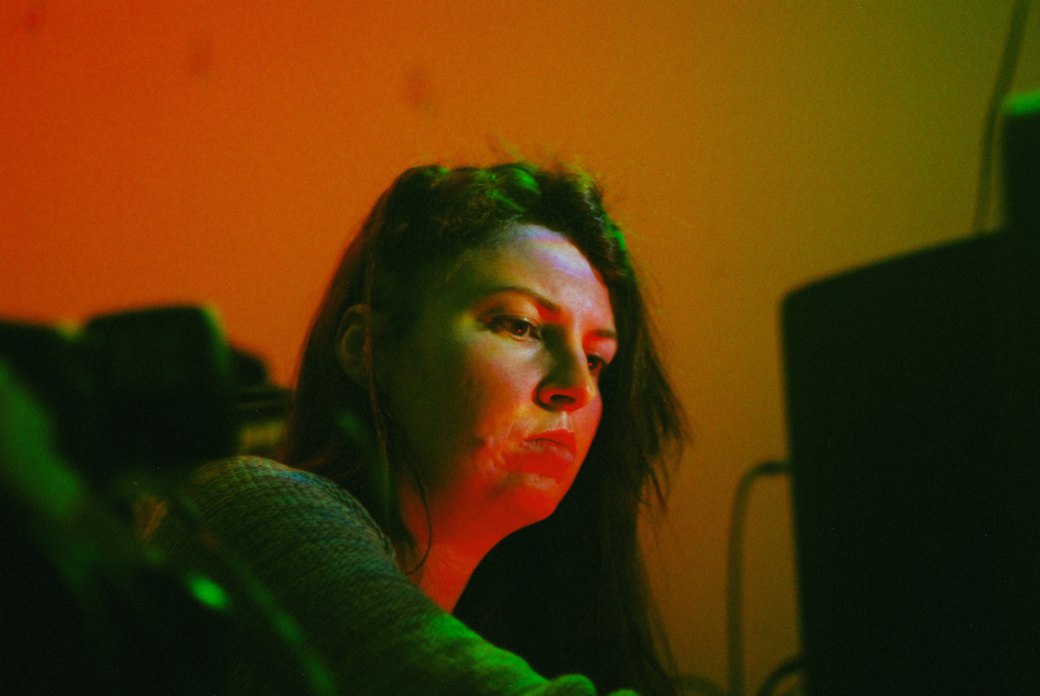
Within synth culture, artists are constantly working to create new noise-making devices, often with out-moded and dated technology. Carol Santel, the first set of the evening, integrates a pair of Hewlett Packard square wave generators circa 1955 into her performance. This results in rich, deep bass notes that push the boundaries of the human ear. Everything is slowed down—like watching a video of a hummingbird flapping its wings in slow motion. Santel’s performance hinges on discomfort, both in its lethargic pace and extremely low tones. Like the spots that emerge from staring at the sun too long, you begin to hear deeper notes and differentiations within the tones themselves and lose yourself in the sound. In contrast to Santel, Matthew Regula prides himself in fabricating his own sound making equipment to produce unique sound variations. His set was characterized by more beat and rhythm variation as well as an emphasis on the layering of sounds, created a more familiar techno/synth beat that was slightly more accessible to the untrained ear. Nathan Cearley from Long Distance Poison and Mark Dwinell of Forma teamed up for one of my favorite sets of the night. Most fully embracing the “noise” in noise culture, the duo’s collaboration produced sound from noise in a way that was surprisingly soothing and trance-like. Like the way distracting noises—a dog barking, an alarm clock, a bus horn—are initially abrasive, they possess their own rhythm and if repeated continuously become natural, ambient and even comforting.
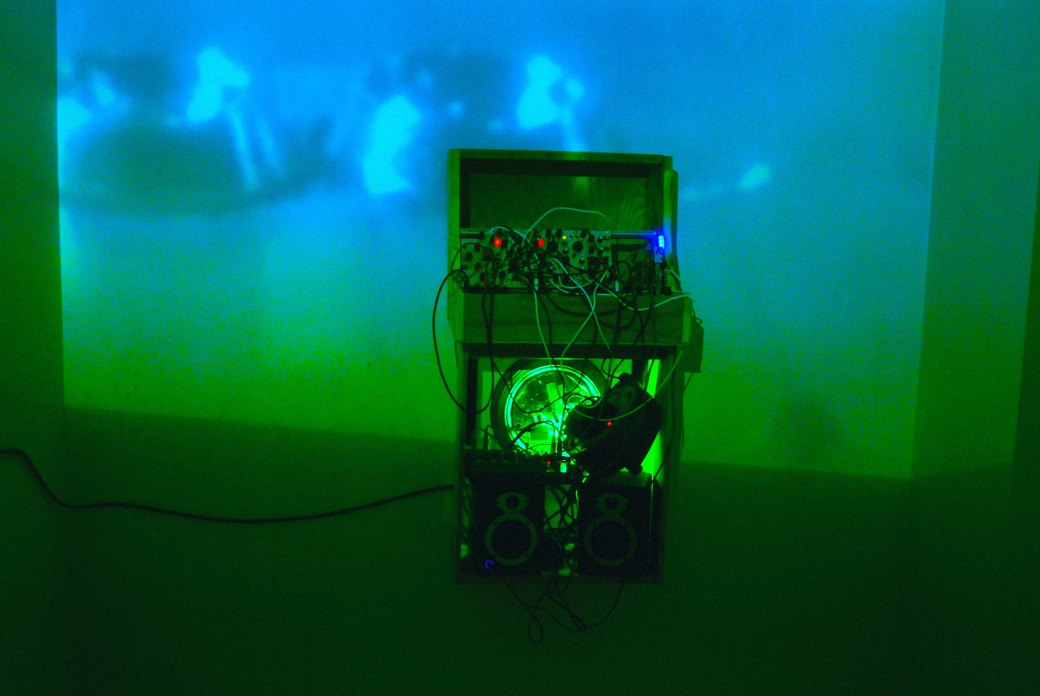
Throughout the course of the night there was enough time between sets to have another beer and explore the installations in the two downstairs rooms. One room, produced by G. Lucas Crane, consisted of a Nova Drone and light installation, in which visitors could don a pair of headphones and work the nobs and dials, producing their own modular sound. Like a kid in a candy store, I became obsessed with the sounds I was creating, truly jumping on the mod/synth bandwagon! The interactivity allowed for those who may never have experienced these machines to work with them firsthand and understand a single iota of what the musicians were doing. The adjoining room’s installation by E.S.P. Labs of E.S.P. TV stacked TVs on almost every surface; powered on, they display visual feedback, which then produced audio feedback. Black and white generated bars running horizontally across the screens oscillated with the sounds in the room. This visualization of sound confounded the senses making you uncertain of whether the sound was generating the visual or the inverse. Either way, the installation brought a concreteness and awareness of an ambient noise as it comes forward to dominate the space.
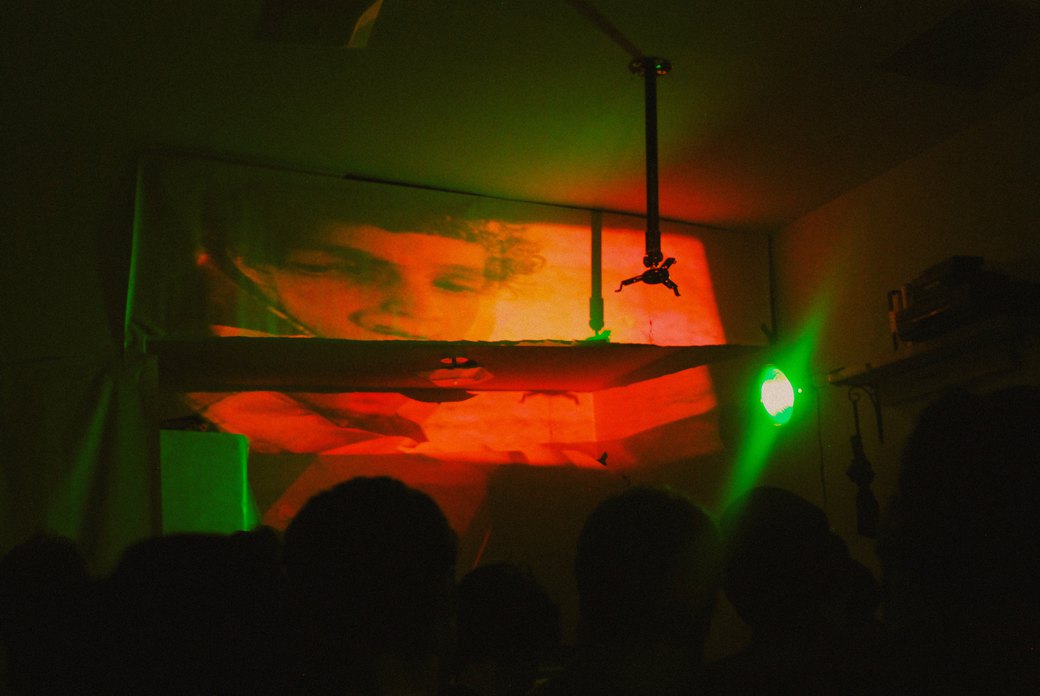
Although each of the performances featured different aspects of synth/modular sound and had their unique variations, the visual effects provided by Sarah Halpern and Tim Gerlaghty tied their disparities together. Beginning with stock film footage (an unfinished student film Halpern informed me), the artist then modified the film, feeding it manually into two 16mm film projectors, splicing it in places with other images and replaying the same scenes of the film over and over. At one point during Cearley and Dwinell’s performance, a scene of hands polishing coins playing repeatedly melded so perfectly with the beat that the two seemed inseparable. Colored film, prisms, and other external additions served to further distort and confuse the images being projected across the wall in tandem with the music.
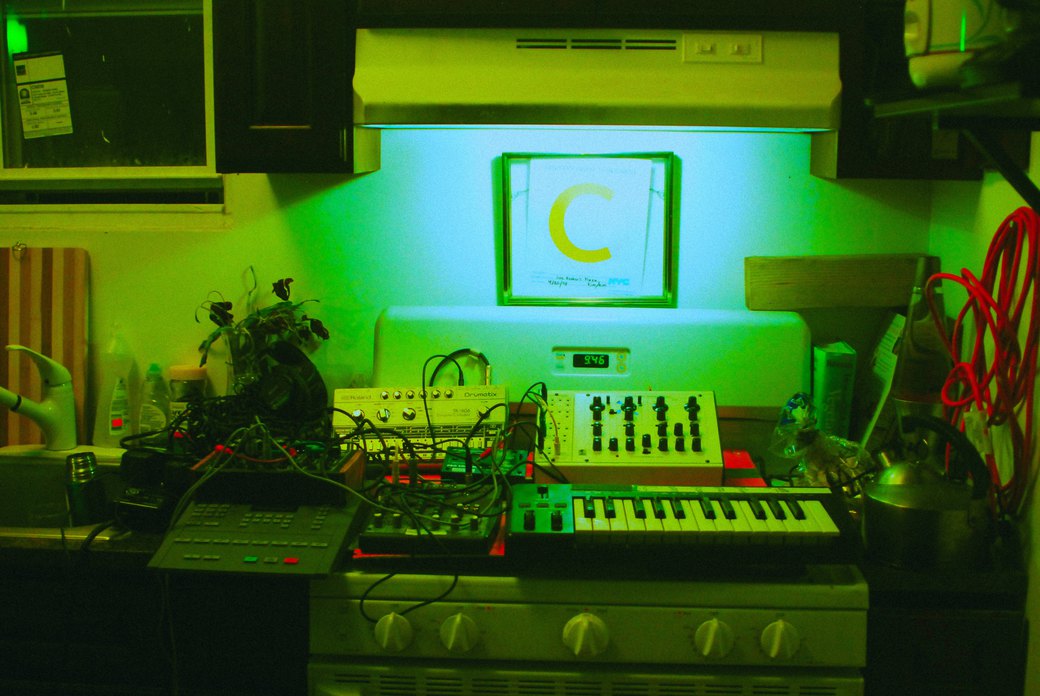
In an interview before the show Cearley told me “I want the lack of uniformity to be the message… there is an incredible amount of diversity, multiplicity and possibility inherent to modular synthesizer electronics… the main goal of the modular synthesizer solstice and equinox series is to simply provide a periodic space for the exploration and awareness of modular synthesizer-produced activity and sound.” Not only offering an exploration of the music itself, this experience with experimental modulated sound along with the accompanying visual display made me rethink the very nature of the mediums being utilized. Rather than recording music that is then played through a listening device, or shooting a film to be viewed, these forms of performance embrace the very concept of the mediums presented. The medium becomes the tool in which to create the performance; rather than being a static presentation, the musicians and artists begin with the raw ingredients to then present something new, something dynamic and ever-changing. This modulation of the medium forces us to take pause and reflect on the components rather than the finished product. In a culture that is saturated by images and sound bytes, with Pandora Radio and Youtube, it is refreshing to hear and see something so exposed, unedited and purposefully imperfect.


